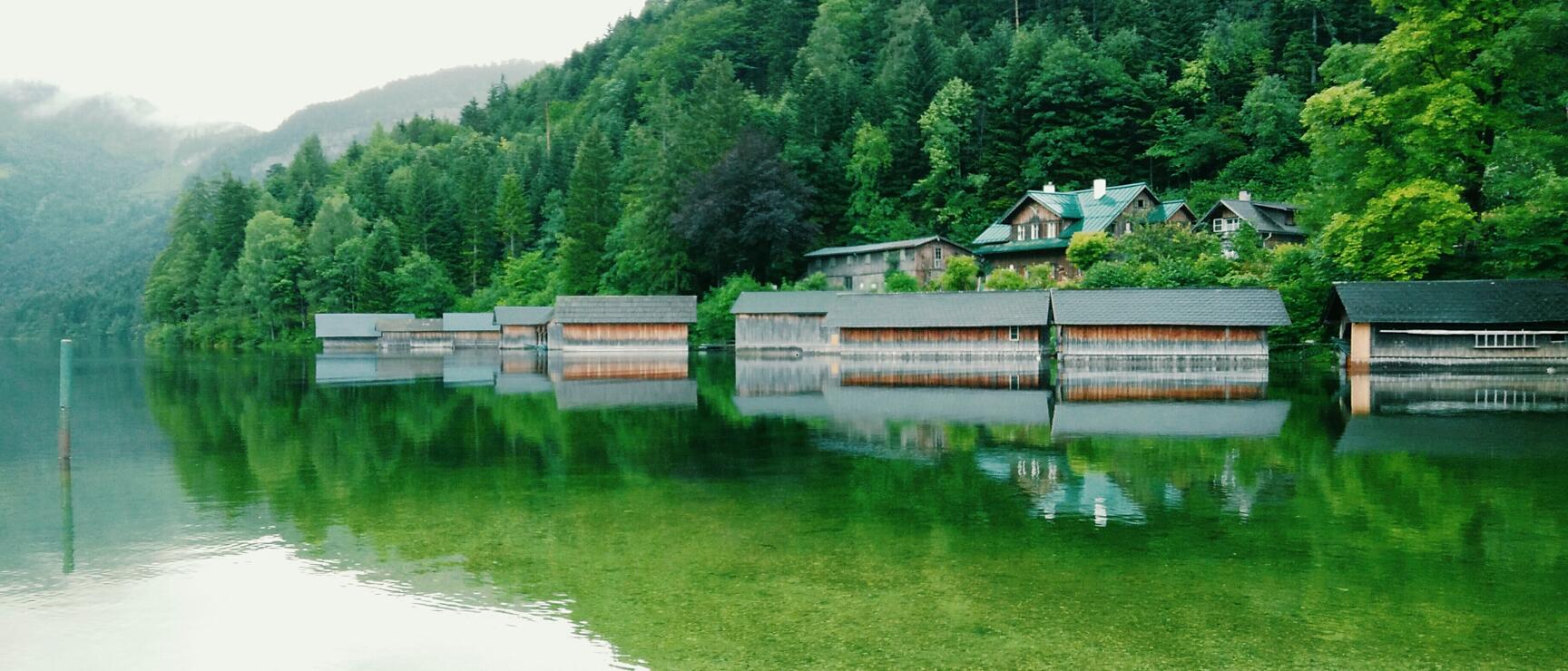
Altaussee and the Ausseerland-Salzkammergut
Embrace the alpine lifestyle in Styria
It’s right in the heart of the Ausseerland-Salzkammergut region – and a favourite among writers, both established and aspiring: Hardly any other place in Austria has inspired as many people to write as the picturesque town of Altaussee: Hugo von Hofmannsthal came here as early as 1892 for a summer retreat, as did Egon Friedell, Friedrich Torberg, Arthur Schnitzler, and others. Barbara Frischmuth grew up at Lake Altaussee.
Alfred Komarek, an Austrian writer also from the Ausseerland region, was convinced that it probably had something to do with the landscape. And indeed, walking around Lake Altaussee is like a meditation. The glacial rocks at Seewiese, the forest, the Loser, and the Trisselwand mountain are reflected in the dreamy blue lake – a landscape of legendary beauty, in which many a story is born. One simply needs ears to hear them, as Alfred Komarek says, and the talent to write them down. His memorable conclusion: "In the end, it is always nature that turns people into artists."
Enjoy discounts and all-inclusive offers from attractions to boat tours during your stay with Ausseerland's and Salzkammergut's guest cards.
Meet Altausseerland-Salzkammergut
Top highlights
Activities and excursions in Ausseerland-Salzkammergut
Altaussee is a landscape that embraces you, but never restricts you. Creative people find this appealing; it inspires them to come up with new ideas.
Alfred Komarek (1945-2024), Austrian author
Unique places to stay
Sustainability in Ausseerland
Eat, drink and shop regionally
In Styria, and especially the Ausseerland region, it is easy to shop and dine locally in a sustainable way. Farm shops and delis, bakeries, fisheries, and farmers' markets offer a variety of regional specialties—the so-called "gourmet map" points out the must-know spots.
When enjoying locally, you'll support...
… regional businesses and jobs
… climate protection through shorter transport routes and reduced CO₂ emissions
… the conservation of resources thanks to less packaging, less cooling, less waste
… seasonal and conscious eating in line with the natural circle
… trust in origin and production